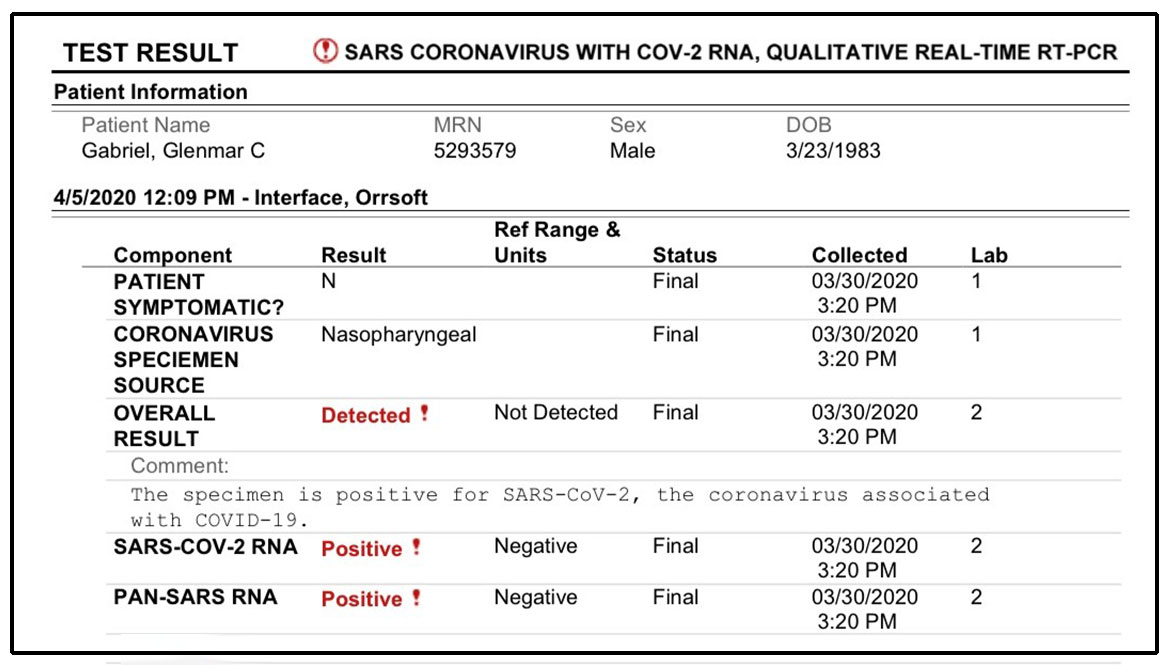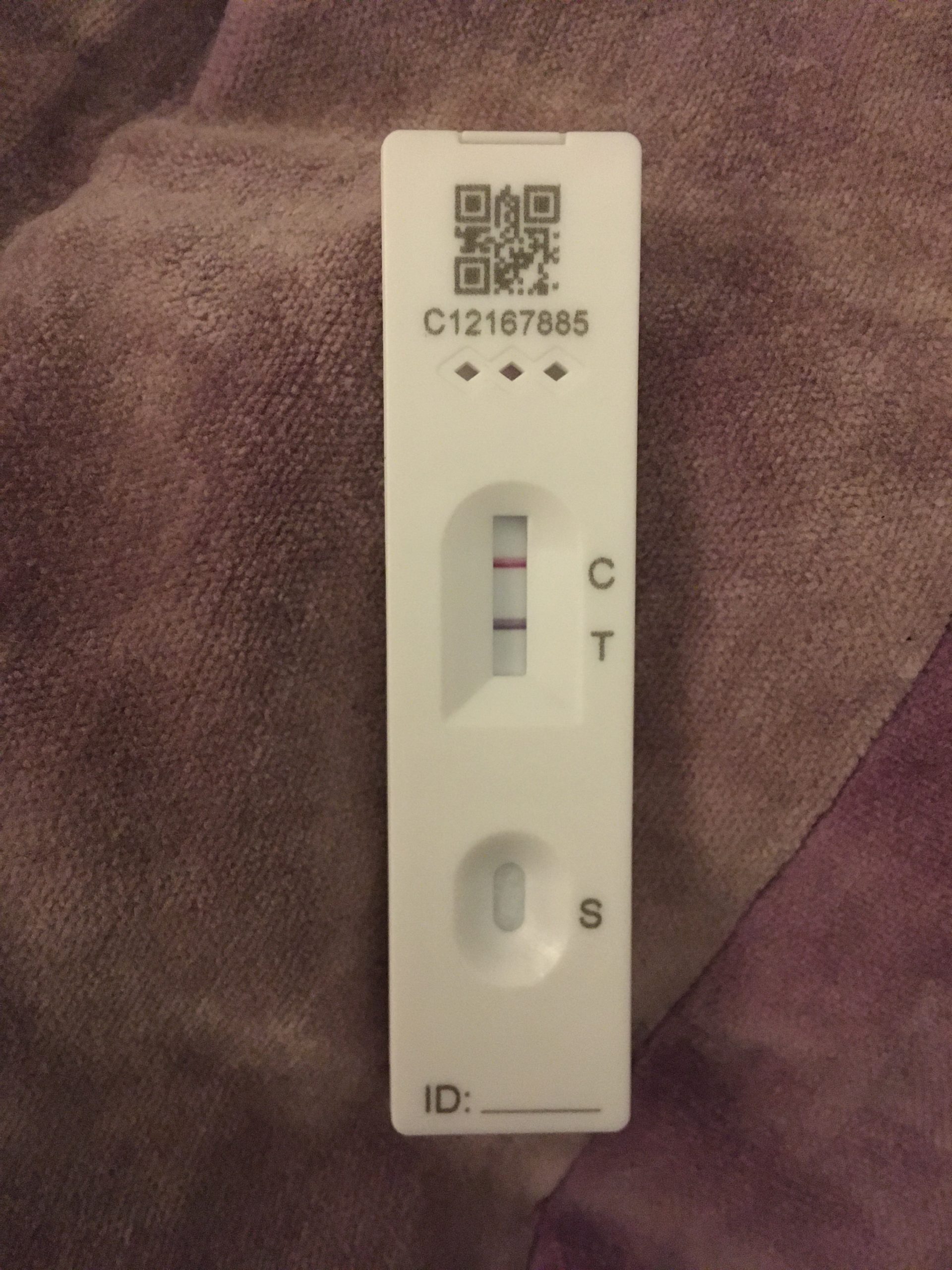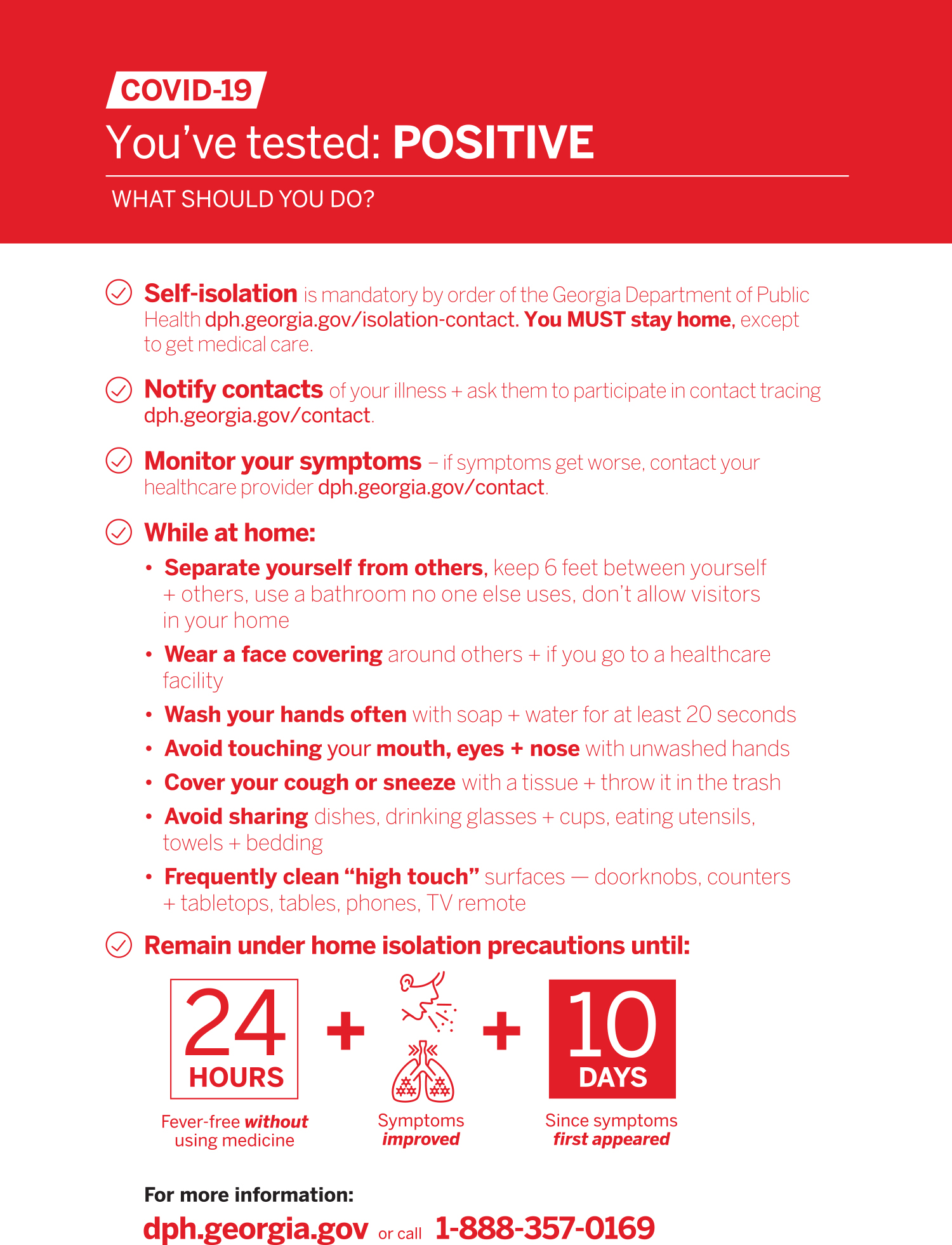

(Photo by Daniel SLIM / AFP) (Photo by DANIEL SLIM/AFP via Getty Images) Daniel Slim/AFP/Getty Images People travelling wear facemasks as they walk through Chicago OHare International airport (ORD)on Octoin Chicago, Illinois. Most of these tests are performed with nasal swabs or throat swabs, though some can be done using saliva, the US Food and Drug Administration says. Molecular tests, such as PCR tests, look for the virus’ genetic material. When it comes to diagnostic tests – those that detect whether you have an active coronavirus infection – there are two main types: “The reason we were able to control the SARS outbreak so quickly – although there were obviously a lot of deaths there – but it didn’t turn into a pandemic is because people weren’t shedding (the virus) until they got symptoms.”ĭo different kinds of Covid-19 tests matter? And it’s been among the biggest challenges and the unexpected things because (with) its cousins, this is not true,” Walensky said. “It’s been among the biggest Achilles’ heels of this. The US Centers for Disease Control and Prevention estimates 40% of infections are asymptomatic, and 50% of transmissions happen before symptoms begin. One reason why this virus spreads so easily is because people can be infectious without any symptoms. “It’s generally thought that you’re most infectious the two days before that day and the two days after that,” she said. Avoiding these will help save the economy and save livesįor people who get sick with Covid-19, symptoms can take up to two weeks to appear, but the average time is about five days, Walensky said. REUTERS/Jeenah Moon TPX IMAGES OF THE DAY Jeenah Moon/Reutersħ myths are fueling new Covid-19 surges.

People drink outside a bar during the reopening phase following the coronavirus disease (COVID-19) outbreak in the East Village neighborhood in New York City, U.S., June 12, 2020. Rochelle Walensky, chief of the infectious diseases division at Massachusetts General Hospital. “People sort of feel like if you test (negative), you’re out of the woods. “There is no hard and fast rule, but the evidence suggests getting a test before the third day after exposure is not of much use,” Lessler said.Ĭould I be contagious while testing negative?Ībsolutely. So how many days should a person wait after possible exposure to get tested? “You can get infected by just a few viral particles, but these will not be detectable until they have time to replicate to adequate levels to be detected,” he told CNN by email. “The virus just takes time to replicate in the body to detectable levels,” said Justin Lessler, a senior author of the study and associate professor of epidemiology at the Johns Hopkins Bloomberg School of Public Health. Three days after symptoms started, the false-negative rate dropped to 20%. On the day people started showing symptoms, the average false-negative rate had dropped to 38%, according to the study. The study estimated that during four days of infection before symptoms typically started, the probability of getting an incorrect/negative test result on Day 1 was 100%. A study in the medical journal Annals of Internal Medicine examined false-negative test results of people who actually had Covid-19. If I got infected yesterday, would a test today pick that up? So if you want to get tested as a precaution before seeing friends or family, here’s what you need to know:

“But you could actually be harboring the virus and be able to transmit it to others.” And before that, you can be testing negative, and have no symptoms,” emergency medicine physician Dr. “We know that the incubation period for Covid-19 is up to 14 days. It can take days before a new infection shows up on a Covid-19 test.

If you think a negative test result means you don’t have coronavirus, you could be wrong.


 0 kommentar(er)
0 kommentar(er)
